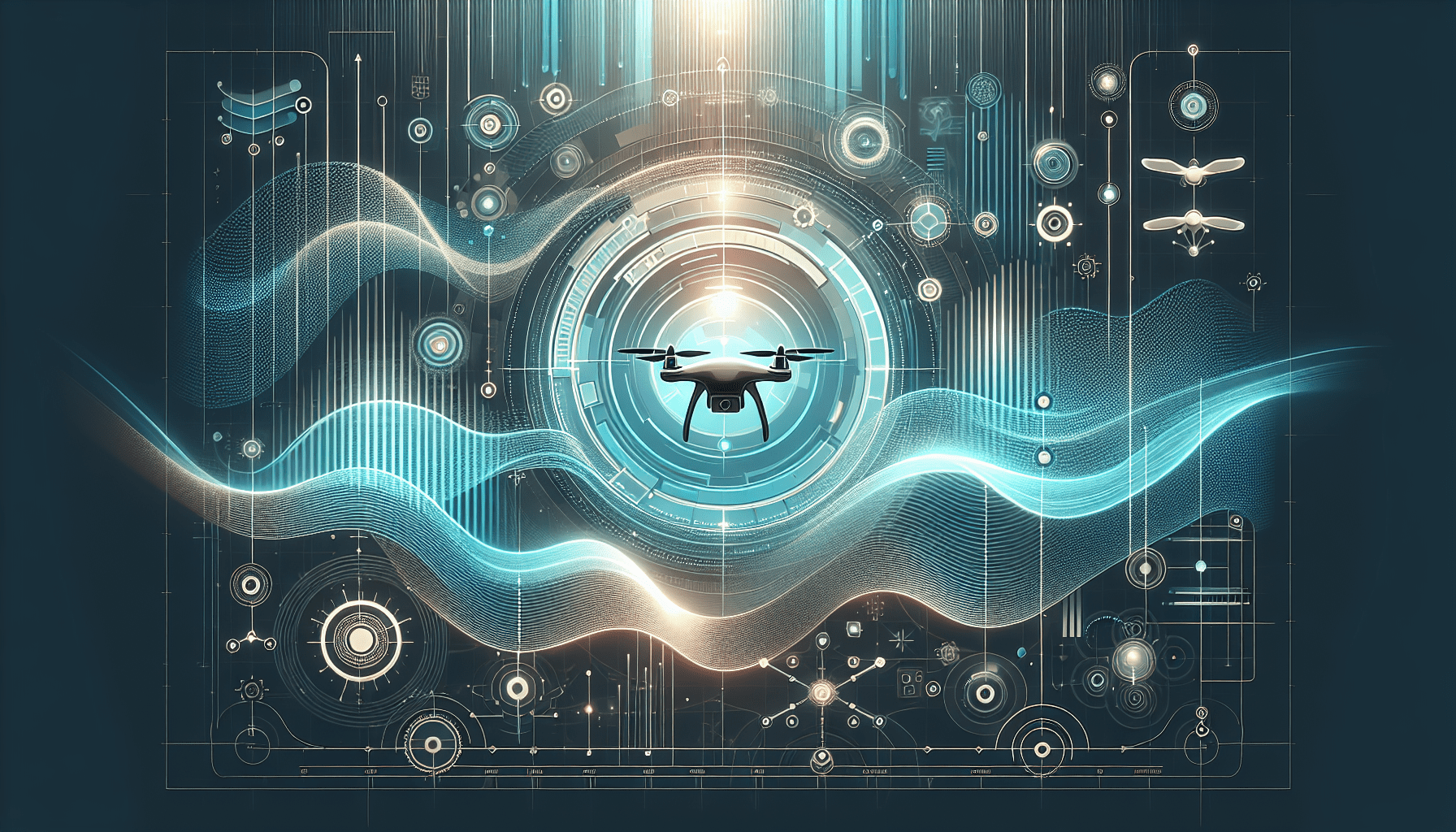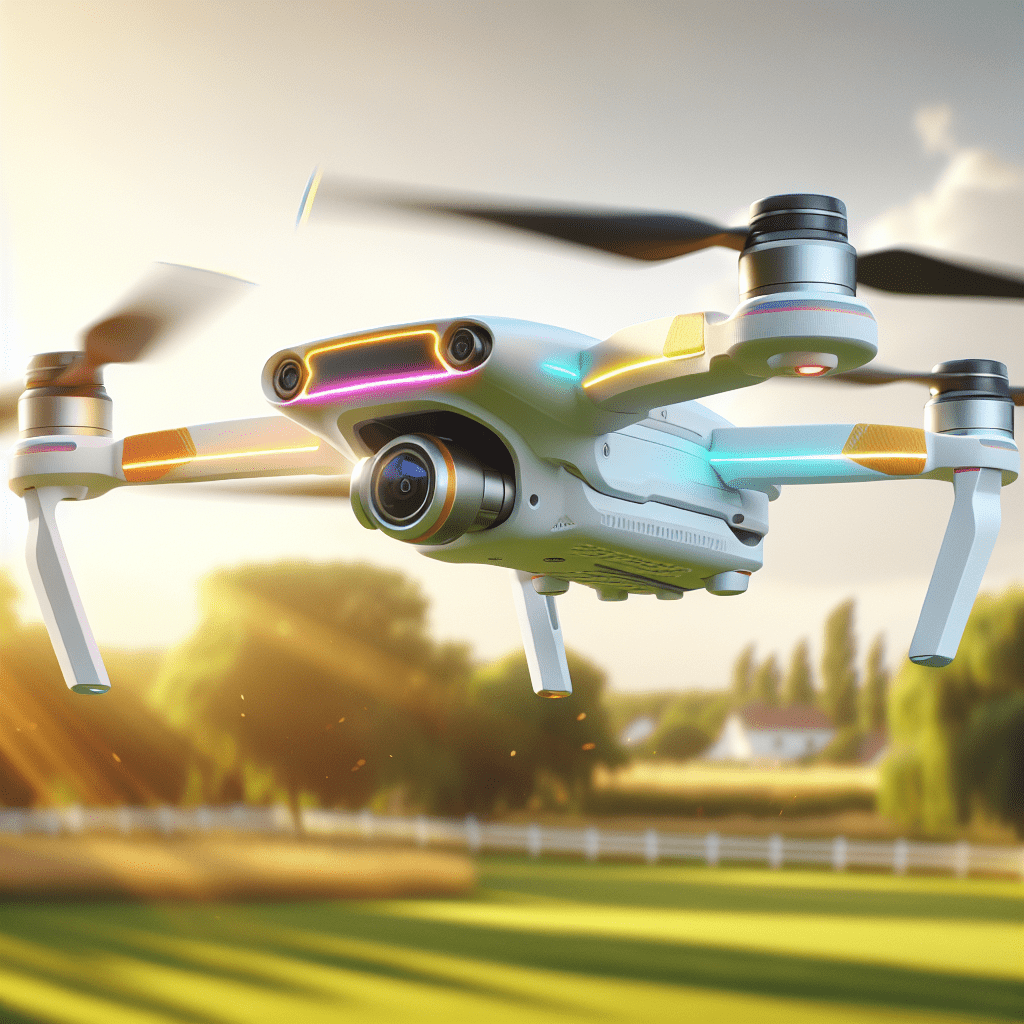Drone Crash Prevention: Reduce Repairs on Aero 1 Lite
In This Article
- Master basic and advanced flight skills steadily through simulation and real-life practice.
- Always conduct pre-flight safety checks and firmware updates before take-off.
- Equip the Aero 1 Lite with crash-resistant accessories like guards and enhanced landing gear.
- Fly only in open, legal spaces with low interference and predictable weather.
- Learn from community experiences to avoid common mistakes and pitfalls.
- Invest in quality upgrades that protect sensitive components and data assets.
- Understand the true cost-benefit ratio of preventive measures versus recurring repairs.
Understanding Common Drone Crash Causes
How Mistakes Happen: Pilot and Tech Errors
Drone Crash Prevention begins with truly understanding the most frequent causes behind aerial mishaps. In the vast majority of cases, operator error stands as the primary culprit. Pilots—especially beginners—often underestimate the complexity of flight control interfaces or overestimate their handling capabilities. Trying to execute advanced movements without sufficient training typically ends in a collision or worse—a complete drone loss.
Also prevalent are technical failures. Software lags, malfunctioning GPS modules, and sudden battery depletion mid-flight are recurrent risk factors. In some cases, drones experience compass errors or flyaways due to electromagnetic interference. Sensor malfunctions or improperly calibrated gyro systems could further compound problems during automated or semi-automated flight modes.
Even updates, or rather the lack thereof, can cause serious issues. Devices operating on outdated firmware may not respond precisely to controller commands or may not be compatible with newer apps. In essence, the partnership between pilot behaviour and machine reliability defines the boundaries of drone safety. Recognising these predictable faults is the first strategic move in your Drone Crash Prevention journey.

Essential Pilot Skills to Prevent Accidents
Improving Control and Reaction Time
Professional-level handling skills are pivotal in Drone Crash Prevention. Whether flying recreationally or commercially, cultivating precise hand-eye coordination can dramatically minimise accident risk. Pilots should invest time mastering the dynamics of throttle control, yaw adjustments, pitch elevation, and lateral stability—especially under weather-affected scenarios.
Reaction time is equally critical. When your GPS signal drops or a gust of wind sways your drone mid-trajectory, the window for corrective action shrinks tremendously. Practising obstacle course flights and simulating emergency scenarios at different altitudes allows pilots to condition their response under pressure.
Equally important is situational awareness. This encompasses everything within and around the airspace, including trees, powerlines, birds, and even other drones. Advanced pilots refine a mental checklist approach, helping avoid unnecessary risks. Regularly training within simulators or controlled environments also builds muscle memory that can be crucial in preventing crashes.
Beyond personal training, joining flight workshops or learning from certified instructors through explore how AI is transforming drone technology can enhance your operational accuracy, making Drone Crash Prevention a tangible and ongoing habit rather than a theoretical concept.
Crash Prevention Flying Zones and Conditions
Where and When to Fly Safely
Your choice of flight location significantly impacts drone safety. Flying in restricted or crowded urban environments is not merely risky; it’s in many cases illegal. Designated drone parks, open country fields, and certified recreational airspaces offer the ideal terrain for safe practice and operation. Such locations minimise unexpected environmental interference and reduce the probability of mid-air collisions.
Environmental conditions are a major factor. Rain, high winds, fog, and snow can alter a drone’s heat dissipation process, interfere with sensors, or completely hinder visual line-of-sight. A golden rule for Drone Crash Prevention is: if you wouldn’t fly a kite in those conditions, don’t fly your drone either.
Always check real-time weather data and forecast models before launch. Resources like UAV-specific weather apps help gauge wind speed, air pressure, visibility, and magnetic disturbances. Investing in an anemometer and flying primarily during early mornings or late afternoons, when winds kick up less, is also sensible advice.
Even light conditions matter. Flying at dusk or dawn can introduce glare distortion in FPV goggles or camera feeds. Ensure optimal daylight visibility whenever possible. Aligning your drone flights with environmental idealism makes Drone Crash Prevention not just achievable—but consistent. Learn more about Drone Maintenance & Safe Operation
Top Accessories That Upgrade Crash Resistance
Gimbal Guards, Prop Shields, and More
Upgrading your Aero 1 Lite with effective safety accessories enhances durability and minimises crash severity. Drone Crash Prevention can be significantly improved by employing thoughtfully selected gear. For example, propeller guards act as shock absorbers, shielding the arms and blades from incidental impact against buildings, tree branches, or during take-off and landing mishaps.
Gimbal guards deserve equal attention. The gimbal holds the drone’s camera in balance and is extremely sensitive to knocks. A minor bump can incapacitate your recording system and ruin a commercial project. Gimbal protectors stabilise and insulate this vital component.
Landing gear extensions also add value, particularly when launching from uneven surfaces like rocks or grass. They increase ground clearance, protecting the lower chassis and camera during touchdown. Anti-collision beacons are another smart accessory. These aids drastically improve visibility in low-light conditions, alerting others to your drone’s altitude and direction.
Finally, propeller bumpers for indoor flights offer substantial crash resistance. These foam-based extensions reduce edge damage and add a layer of security in confined flight spaces. Proper upgrades, when combined with skill and caution, elevate Drone Crash Prevention from tactic to standard operating procedure.
Firmware & Pre-flight Safety Checks
Why Updates and Checklists Matter
The digital side of Drone Crash Prevention begins with system integrity. Outdated firmware may compromise automatic return functions, obstacle avoidance algorithms, and geo-fencing restrictions. Manufacturers periodically release updates that contain essential bug fixes, flight enhancements, and geographical database synchronisations.
Neglecting these updates not only makes your drone vulnerable to failure but also exposes you to legal complications if airspace regulations are embedded into firmware. Always connect your drone and remote to the manufacturer’s software before each flight cycle to verify current versions.
Pre-flight checklists, both mental and physical, are another indispensable tool. Verifying battery levels, GPS lock, SD card insertion, propeller attachment security, and IMU calibration can prevent half of all critical errors. Always test motors and gimbals before lift-off.
Inspect the drone body for cracks, wear, or deformation. A fully intact drone is a safe drone. Consistent execution of pre-flight protocols ensures that neither oversight nor laziness endangers your soaring ambitions. Read a related article
Beginner-Friendly Strategies That Work
Training Wheels for New Drone Pilots
Being new to drones doesn’t mean you’re doomed to crash. In fact, many Drone Crash Prevention measures cater especially to beginners. Starting with flight simulators is key. These platforms replicate realistic physics, letting you practise difficult manoeuvres in a risk-free digital environment.
Starting with beginner modes—provided by most consumer drones—is another vital strategy. These modes restrict altitude, speed, and range, preventing overwhelming scenarios. The Aero 1 Lite, for instance, comes pre-equipped with intelligent flight restrictions that can help users build confidence.
Flying in open spaces with zero obstructions allows you to focus purely on mastering controls. Dedicating time to understanding throttle sensitivity, return-to-home procedures, and camera angles while hovering boosts familiarity considerably.
Keep flights short but educational. Don’t attempt long-range missions or high-altitude jetting. Consistent practice with gradual increase in difficulty pays dividends. Most crashes happen from overconfidence, not under-preparedness. Diligence, humility, and guided experience create crash-proof pilots—especially in those formative flying months.
Advanced Handling Tips for Experienced Flyers
Precision and Control During Complex Maneuvers
For seasoned pilots looking to drastically reduce crash risk, advanced flight manoeuvres must be approached methodically. Drone Crash Prevention at this level means understanding your drone’s kinetic limits and its logic architecture under stress.
Practise figure-eight patterns, low-altitude corridor flights, and banked turns using FPV modes. Maneuvers like orbit tracking, pitch-yaw combinations, and synchronised gimbal tilts make photography spectacular—but demand muscle memory and intimate hardware knowledge.
Understand fail-safe behaviours. Know what your Aero 1 Lite will do if it loses signal for 2 seconds versus 20. Will it hover, return home, or descend? Simulate these conditions safely to verify results. Also, master the art of cinematic flights by controlling momentum, not just direction.
Use ND filters to counter exposure shifts mid-manoeuvre, and always fly with a spotter during complex operations. Sharpening technical finesse over reckless bravado enables professionals to capture footage—but also return in one piece.
Stories From the Field: What Pilots Avoid
Real Community Tips and Lessons Learned
Diversifying your knowledge with lived experiences is one of the most underutilised yet impactful components of Drone Crash Prevention. Many seasoned flyers admit that their most valuable knowledge came from watching others’ mistakes.
For instance, one pilot recounted uploading GPS coordinates their drone couldn’t interpret, leading to a mid-air stall. Another realised late that flying over water tanks created a magnetic anomaly area that desynchronised compass readings. Such real-world cases become invaluable reference points for others to internalise.
In online drone communities, it’s common to find FAQ sections or crash logs compiled for educational value. [INSERT_EXTERNAL_LINK_1] hosts dozens of crash review analyses, helping illustrate danger points and recovery strategies.
When preparing for a shoot, experienced flyers pre-plan ingress and egress flight routes—minimising time over populated areas. They also anticipate battery contingency and environmental effects. Ultimately, it’s community wisdom that often seals technical integrity into lived success.
Drone Upgrade Recommendations for the Aero 1 Lite
Hardware Mods That Make a Difference
The Aero 1 Lite is a well-balanced drone in its factory configuration. But for the discerning pilot focused on Drone Crash Prevention, a few hardware additions can significantly extend crash resistance.
Carbon fibre propellers reduce weight while adding rotational rigidity, improving response time during evasive action. Upgraded battery cells not only offer longer durations but deliver more consistent power, useful when rapid ascents or stabilisation is required.
Replace stock legs with vibration-dispersing landing gear. This reduces motor fatigue over time and allows for smoother landings on unpredictable terrain. Signal boosters and high-quality antennas also help maintain remote control link integrity over risky long-range operations.
Invest in motor guards—including motor caps that handle temperature spikes and brushless motor covers keeping debris away from coils. Finally, utilise camera lens hoods and sunshades that prevent light flares and crashes due to poor visibility on-screen.
These modules are not merely accessories—they’re strategic investments in sustainability and pilot confidence.
Cost Analysis: Prevention vs. Frequent Repair
Invest in Skills, Accessories, and Inspection
One of the most compelling aspects of Drone Crash Prevention is its undeniable financial advantage. A professional gimbal replacement can cost upwards of £150. Combine that with downtime during shipping, lost opportunities, and potential data loss, and a single crash becomes economically disastrous.
Preventive accessories, training sessions, and regular inspection kits often cost far less than repeated repairs. For instance, a full propeller guard kit or firmware diagnostic tool pays for itself after preventing just one medium-impact collision.
Moreover, pilot mistakes also incur hidden costs—such as warranty voidance and insurance rate increases. By prioritising proactive safety, you not only shield your drone physically but protect your investment portfolio surrounding aerial photography, surveying, or creative content.
Ultimately, prevention pays—richly and repeatedly. Consider it not an option but a foundational component of your drone business plan.
“Preventing just one crash can save you weeks of downtime—and hundreds in repairs.”
Key Takeaways for Long-Term Crash Resistance
Drone Crash Prevention isn’t an overnight skill; it’s a discipline. With each flight, pilot competency compounds, and risk diminishes. From selecting safe weather conditions to smart hardware upgrades, every choice influences your drone’s fate. The Aero 1 Lite is capable—but only as reliable as the hands and minds that guide it.
Great guide on aero-1-lite-crash-resistance-tips-to-avoid-repairs – Community Feedback

